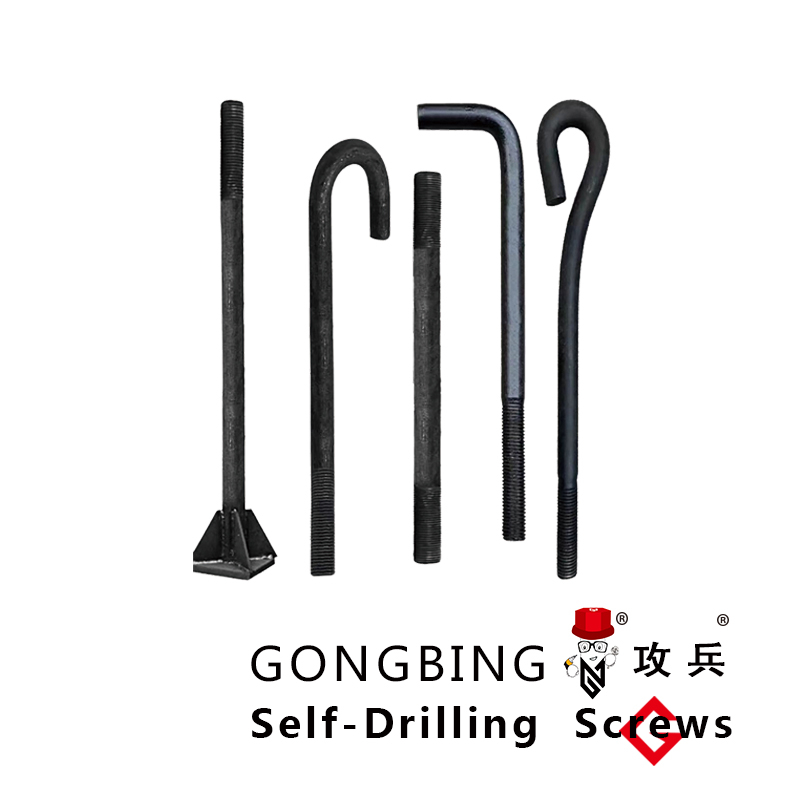High Strength Resin Anchors for Secure Concrete Applications
Resin Anchors for Concrete A Comprehensive Guide
In the world of construction and structural engineering, the integrity and stability of structures depend heavily on the anchoring systems employed. Among these systems, resin anchors have gained popularity due to their versatility, strength, and reliability. This article delves into the characteristics, applications, benefits, and considerations of using resin anchors in concrete.
What Are Resin Anchors?
Resin anchors, also known as chemical anchors, consist of a resin (often a combination of epoxy or polyester) and a hardener that, when mixed, creates a strong bonding agent. This mixture is typically placed in pre-drilled holes within concrete, masonry, or solid rock, allowing for the insertion of a metal rod or bolt. As the resin cures, it creates a durable bond that can withstand significant tensile and shear forces.
Characteristics of Resin Anchors
1. Chemical Resistance Resin anchors are resistant to a variety of chemicals, making them suitable for environments exposed to harsh substances, including acids and solvents.
2. Temperature Tolerance These anchors perform well in a range of temperatures, although specific products may have limitations depending on the formulation.
3. Load Capacity Resin anchors are designed to bear substantial loads and offer a high resistance to pull-out forces, making them ideal for heavy-duty applications.
4. Versatility They can be used in various applications, from securing structural steel to anchoring equipment in industrial settings.
Applications of Resin Anchors
Resin anchors are used in a multitude of scenarios within construction and engineering, including
resin anchors for concrete

- Structural Steel and Framework They are essential for attaching steel beams, columns, and trusses to concrete foundations. - Masonry Work Resin anchors are widely used in masonry construction to provide secure fastening points for supports and braces. - Mechanical and Electrical Installations In industrial settings, resin anchors secure equipment and fixtures to concrete floors and walls. - Reinforcement of Concrete Structures They can be used to reinforce existing structures, enhancing their load-bearing capabilities.
Benefits of Using Resin Anchors
1. Ease of Installation The installation process for resin anchors is relatively straightforward. After drilling a hole and cleaning it, the resin is injected, and the anchor is inserted.
2. No Expansion Forces Unlike mechanical anchors that expand to create a hold, resin anchors do not exert significant expansion forces, reducing the risk of cracking or damaging the surrounding concrete.
3. Customization Various formulations of resin allow for flexibility in application, making it easy to select the right product based on specific project requirements.
4. Durability Once cured, resin anchors form a bond that can last for many years, even in challenging environments.
Considerations When Using Resin Anchors
Though resin anchors offer numerous advantages, there are several key considerations
- Curing Time The time it takes for the resin to fully cure can vary; therefore, it’s crucial to plan for this in construction schedules. - Temperature and Moisture The performance of resin anchors can be affected by ambient conditions; colder temperatures or high humidity can extend curing times or impact bond strength. - Proper Installation Proper drilling techniques, cleaning of the hole, and adherence to manufacturer instructions are essential for optimal performance.
Conclusion
Resin anchors represent a reliable solution for anchoring in concrete applications, providing strength, durability, and versatility. Their unique properties make them suitable for a wide range of construction and engineering needs, from heavy-duty structural projects to delicate installations. As technology advances, the formulations and applications of resin anchors will likely continue to evolve, further enhancing their role in modern construction practices. For contractors and engineers, understanding the characteristics and proper use of resin anchors can lead to improved project outcomes and safer structures.
-
Weatherproof Plastic Expansion Anchors for OutdoorNewsJun.06,2025
-
Sustainability in the Supply Chain: Eco-Friendly TEK Screws ProductionNewsJun.06,2025
-
Load-Bearing Capacity of External Insulation FixingsNewsJun.06,2025
-
Double Head Bolts: Enhancing Efficiency in Industrial MachineryNewsJun.06,2025
-
Corrosion Resistance in Chipboard Screws: Coatings for Wholesale DurabilityNewsJun.06,2025
-
Butterfly Toggle Bolts : Enhancing Structural ResilienceNewsJun.06,2025
